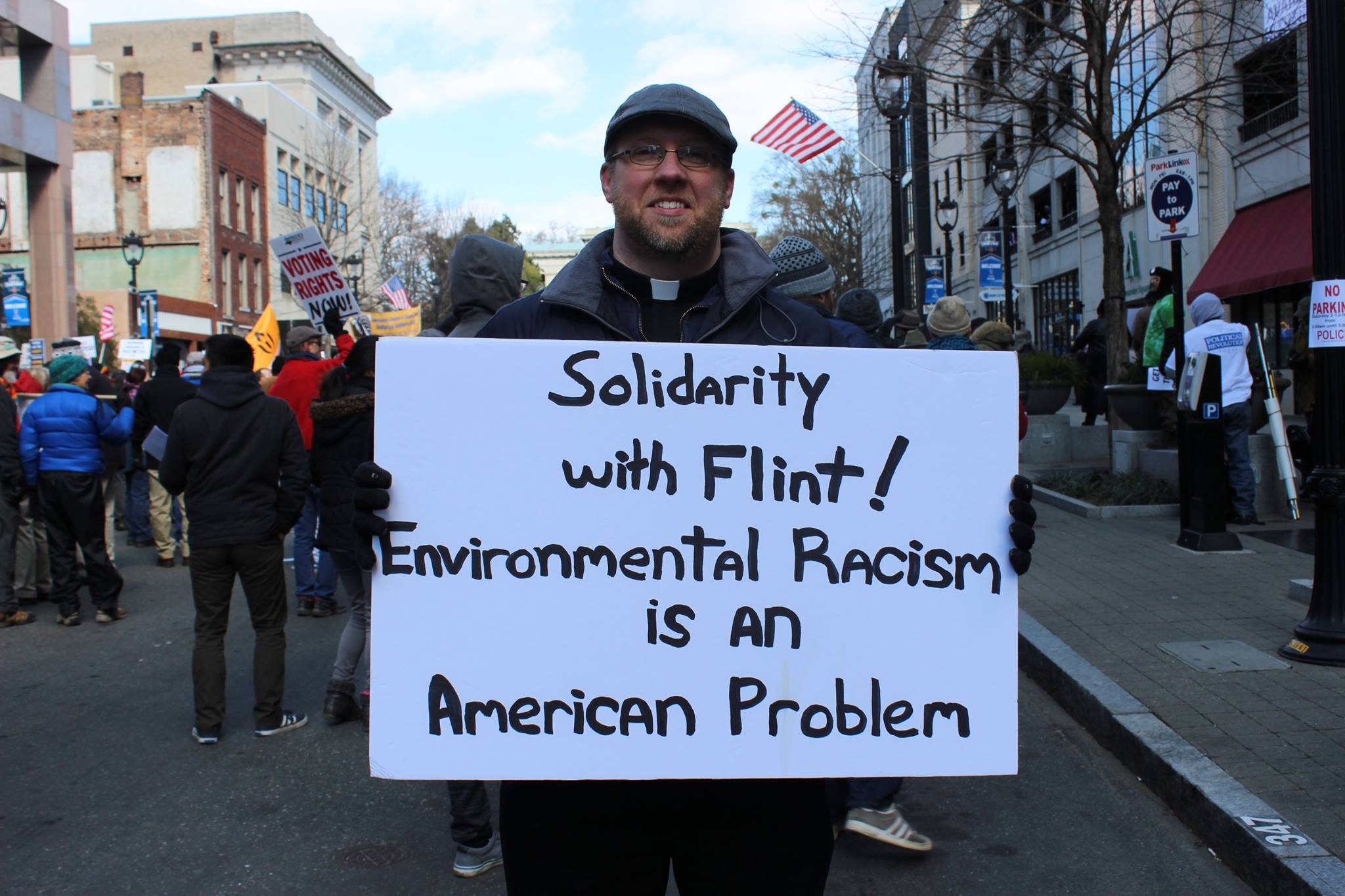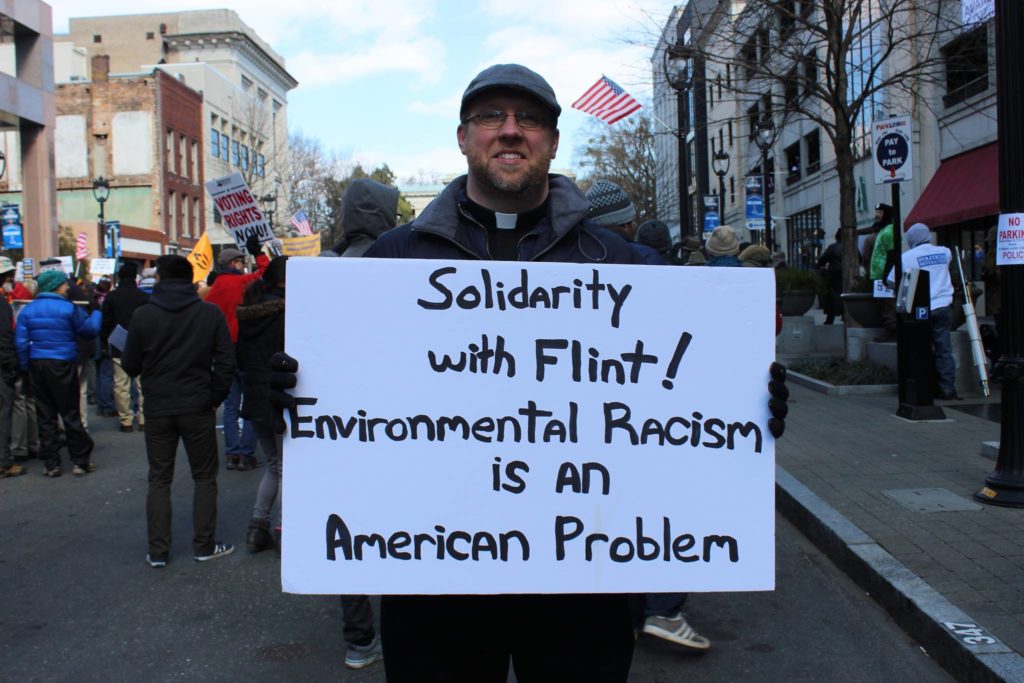Commentary: Was 2016 the Year of Environmental Justice?
 Was 2016 the year the year that the environmental justice movement reached its peak? Or, was it just the beginning? To make this determination, consider the remarkable events that started and ended the year.
Was 2016 the year the year that the environmental justice movement reached its peak? Or, was it just the beginning? To make this determination, consider the remarkable events that started and ended the year.
The year began with the water crisis in Flint, Mich. Thanks to the considerable efforts of a few heroic individuals and many fed up residents in Flint, the lead crisis finally entered into our nation’s consciousness in January of 2016. The Governor of Michigan declared a State of Emergency for the city on January 5th, and two months later a Democratic Presidential debate was held in that devastated city. Candidates competed to see who would be the greater environmental justice champion in the face of this crisis.
As 2016 came to a close, the nation’s attention turned to the battle of the Standing Rock Sioux Nation against the Dakota Access Pipeline. Like Flint, this was an issue steeped in racial injustice and focused on protecting our water, and, like Flint, this was a cause that struggled valiantly for media attention that was slow in coming. While the Standing Rock struggle continues, it is already regarded as one of the most inspiring movements our country has seen in recent times. Substantial credit for this goes to the Native youth and their allies who participated in long relay runs first to Omaha and then to DC. These youth ran with a relentless determination to be heard when virtually no one seemed interested in listening.
Remember the indefatigable efforts of those from Flint and Standing Rock when considering whether environmental justice has had its moment, or whether the movement is here to stay. The answer to this question depends not on whether people will continue to suffer from environmental threats and ills. The pervasiveness of lead poisoning in cities around the country and the numerous proposals for fossil fuel pipelines are just two of many indicators that ensure this. Instead, I believe the future of the environment depends upon growing the ranks of long-distance runners for justice in communities throughout our nation.
Our denomination helped give birth to the environmental justice movement more than 30 years ago in Warren County, N.C., and I believe that we possess a great deal of unrealized potential in our communities. Today, the Sierra Club is considered an environmental leader with 2.4 million members and supporters, but that is actually a relatively small number in comparison to the membership of many faith traditions in the United States. If just 5 percent of our country’s 51 million Catholics were environmentally active, they would have the Sierra Club beat. Just think of the possibilities when you add in multiple Protestant denominations and those from other faiths.
When one looks through the lens of potential, it would seem that 2017 could be an even bigger year for environmental justice than 2016. Whether that happens will depend in part on the work of those who set out with faith to run the long but rewarding race ahead.
Brooks Berndt is Minister for Environmental Justice.
View this and other columns on the UCC’s Witness for Justice page.
Donate to support Witness for Justice through the Neighbors in Need offering.
Click here to download the bulletin insert.
Related News
A Prophetic Call for Justice and Peace in Palestine
The executive leaders of the United Church of Christ have issued the following statement...
Read More‘Love is Greater Than Fear’: Regional Youth Events get to the heart of gospel message
United Church of Christ teens attending this summer’s Regional Youth Events (RYE) are...
Read MoreUCC desk calendars available to order now
Prepare for your day, month and year with the United Church of Christ desk calendar —...
Read More


